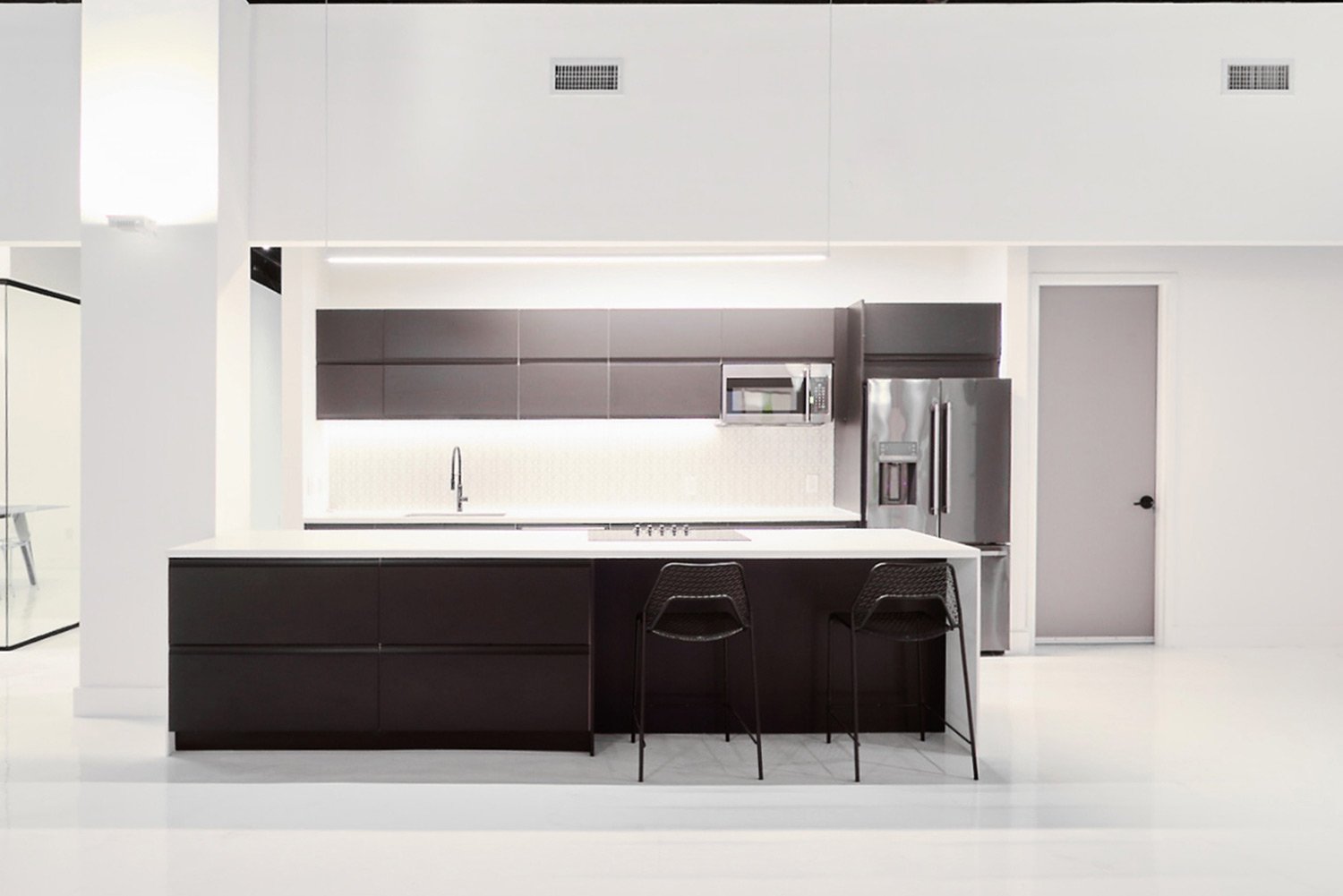Why Do People Like Watching Cooking Shows?
Cooking shows today are the equivalent of talk shows in the early 2000s. On television, you’re bound to see at least one. It could be a rerun of Diners, Drive-ins, and Dives, in which Guy Fieri eats at a deep-Texas restaurant, or the most recent cooking or baking competition episode.
Science Daily investigated how the brain recognizes vision and discovered that vision takes up more than a third of our brain. As a result, when we see someone cooking on screen, our brains can imagine what the food tastes like. These visual cues allow us to feel like we are a part of the experience without actually trying the food.
Baking has always had a character: bright aprons, sprinkles, and animal-shaped sweet treats. Color plays a significant role in this perception. According to this mode of philosophy, people perceive different meanings in different colors.
For example, we associate yellow with joy. The color scheme on TGBBS is blue and teal, both perceived as calming. People associate blue with sincerity and inspiration, whereas teal combines blue’s serenity with green’s optimism. Unsurprisingly, people can’t take their eyes off TGBBS: the set is telling them to unwind.
Why do people become hypnotized by egg-whisking and burger-flipping whenever a culinary show is on?
Science and psychology, it turns out, have a lot more to do with it than you’d think.
Cooking has long had a presence in entertainment. Culinary shows, however, had an educational purpose from the 1940s to the 1950s. In the 1950s, for example, television was used to provide simple cooking instructions to housewives. In the 1960s, Julia Child’s show The French Chef saw her cooking recipes that were difficult to replicate.
According to research, this increase in popularity has a lot to do with how humans can stimulate multi-sensory experiences by using visual cues.
We’ve seen abundant popular media on the topic, as cooking and food have become entertainment symbols. Food videos have made their way onto various platforms, including social media and television shows.
Food culture is prevalent in today’s entertainment. Cooking shows on television continue to be popular, with color psychology explaining why many people enjoy them. New online cooking and food media types are beginning to challenge TV cooking shows, and it will be interesting to see where this genre goes next.

